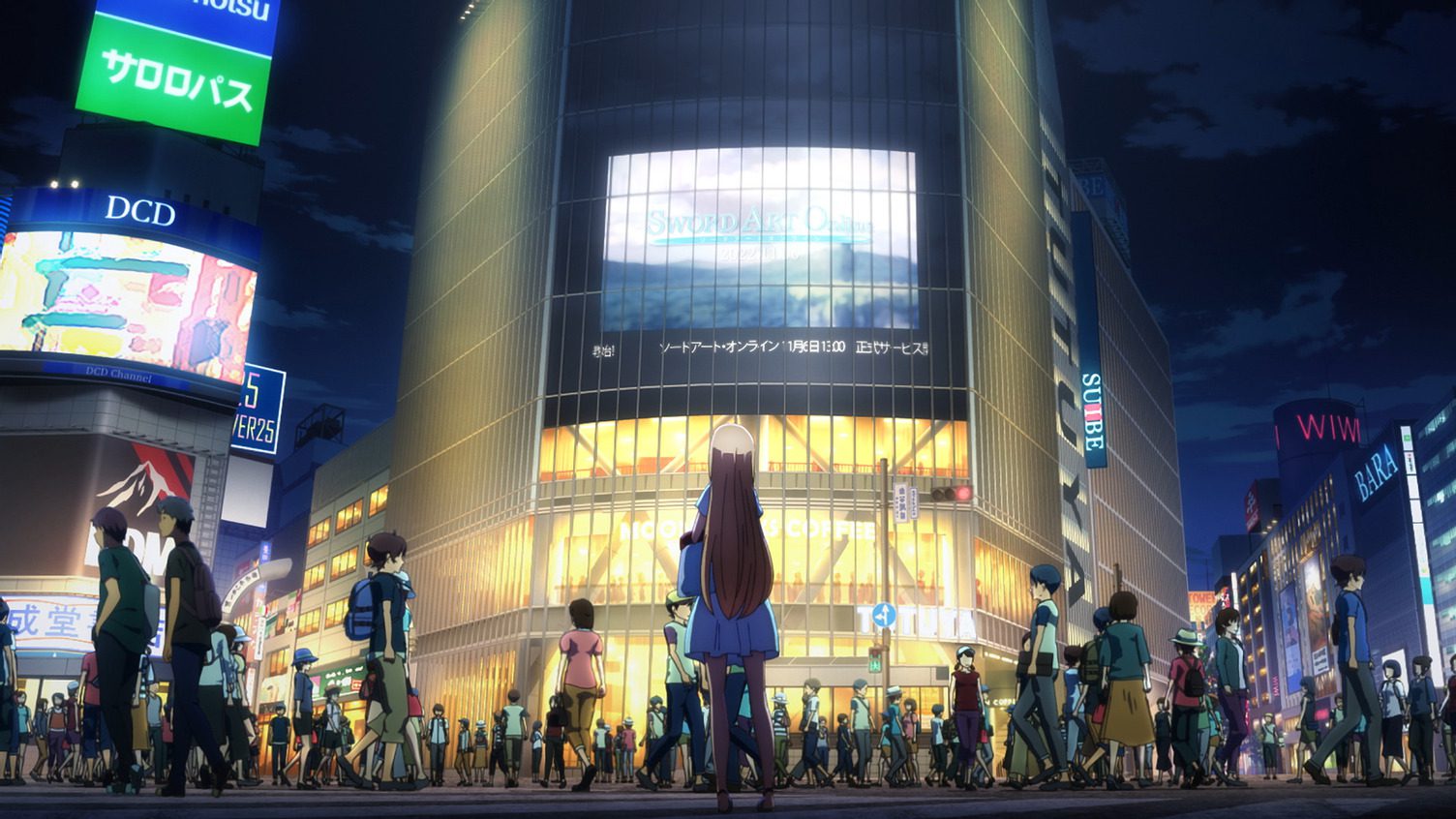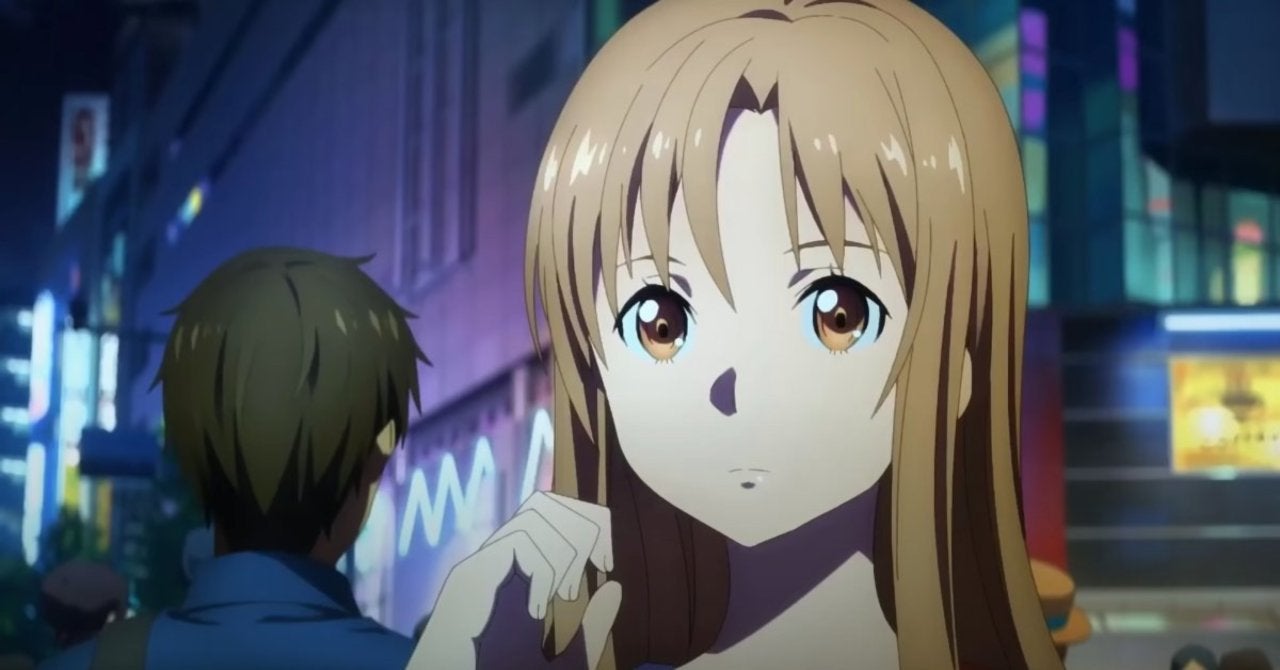I’ve been following the Sword Art Online franchise since the dub of the first season arrived on Netflix. With strong characters and a fantastic concept, I was hooked. So when the latest film was announced I was elated but also concerned. From the initial description, it felt too much like a retread of the Aincrad Arc. I’ve been watching anime for a long time and I usually don’t have a problem with retreads (look no further than the Dragon Ball Path to Power film), but having this with a Sword Art Online movie was different particularly since the canon has continued to expand in a big way. The Ordinal Scale film did a great job of furthering the storyline and deepening the characters so I was hoping Aria of a Starless Night would do the same. So, were my hopes for this new film dashed? Let’s find out.
Movie Take-Aways
Sword Art Online Progressive focuses on Asuna in the early days of Akihito Kyoba’s machinations. Together with her friend Mito, she must navigate this new reality as everyone endeavors to find their way home. When the two friends are separated, Asuna must try to make her way through the game alone fighting off unending despair with only a certain mysterious swordsman to help her out of this nihilistic spiral.
To my great joy, this is a film that is set squarely on Asuna’s shoulders. Since the beginning, I’ve always found Asuna to be more of a compelling character with Kirito almost becoming a Gary Stu (what is considered to be the male equivalent of a Mary Sue); Asuna’s Arc in Mother’s Rosario only furthered this conviction. I had been so worried about seeing the story continue forward that I didn’t see the need to go backward until I realized a key piece of Asuna’s backstory was missing. Yes, the film also serves as something of reboot/remix of the mythology, but unlike how consistent the film is with what we already know, quickly and efficiently addressing things that didn’t really come up until the aforementioned Mother’s Rosario arc.
As a result of this, I truly believe this iteration of SAO to be a great entry point for fans of the franchise, especially for fans of Asuna. Unfortunately, that also leads to one of the few problems with the film. Given the heavy focus on Asuna, if you’re not a huge fan of the character then viewers are not likely to find much to enjoy. In addition, the way in which the separation between Asuna and Mito was handled really took me out of the movie. What is supposed to feel like a big emotional moment comes off like a plot contrivance. I just didn’t see why there wasn’t a little more effort made on Mito’s part to figure out whether Asuna had really been killed. Were it not for this flaw, however, I’d call this film pretty much flawless and arguably a benchmark of how to reconfigure material that had already been adapted.
Movie’s Voice Acting
As usual, much of this can be attributed to the great cast, with Asuna’s performer Cherami Leigh taking center stage at long last. I’ve been following Leigh’s career for a long time both within anime circles and in live-action, she gave what I feel was the best performance in Youtuber Shane Dawson’s Not Cool, I really wasn’t sure if there were any more ways for Leigh to present Asuna.
I’m pleased to say I was wrong. When we meet her in the original SAO, there is a feeling of confidence and gravitas that radiates off the character. It was great to see the character broken down to her essence at times, at first imbuing her with the innocence of a neophyte gamer just trying to please her parents and subsequently, a sense of nihilism that ultimately gives us a deeper understanding of her character. Granted, she still ends up in the same place more or less we’d expect after the first-floor boss, but it was honestly nice to see things more from her perspective than Kiritos.
That’s not to say that Bryce Papenbrook didn’t do a great job with what screentime Kirito has here, but it’s clear at least for me that the character has definitely been overused in the past. Here, every second Kirito is onscreen counts, and the scenes between Kirito and Asuna are better for it
Reinnivating Asuna
While it’s usually Ill-advised to operate on one’s baby so to speak, Reki Kawahara does an admirable job of delineating Asuna’s origin story and presenting the Aincrad story in a new light. When the time comes for the previously announced sequel, I can’t wait to see where he takes it. Director Ayako Kuno does fantastic work here, the animation is fluid as certain shots are lingered on in a way that makes the audience appreciate the higher budget they had to work with here; this allows the story to reach its full visual potential in a way that a season of an anime would not.
Final Takeaways
Overall, the film is a new benchmark for how to reimagine previously adapted material. While I wouldn’t recommend the film to someone who isn’t a huge fan of Asuna in SAO, the voice-acting and animation make this film worthy of going to see in the theatre, especially if you’re a new fan; subsequently adding it to your collection when it becomes available. I can’t wait to see where things go next.





